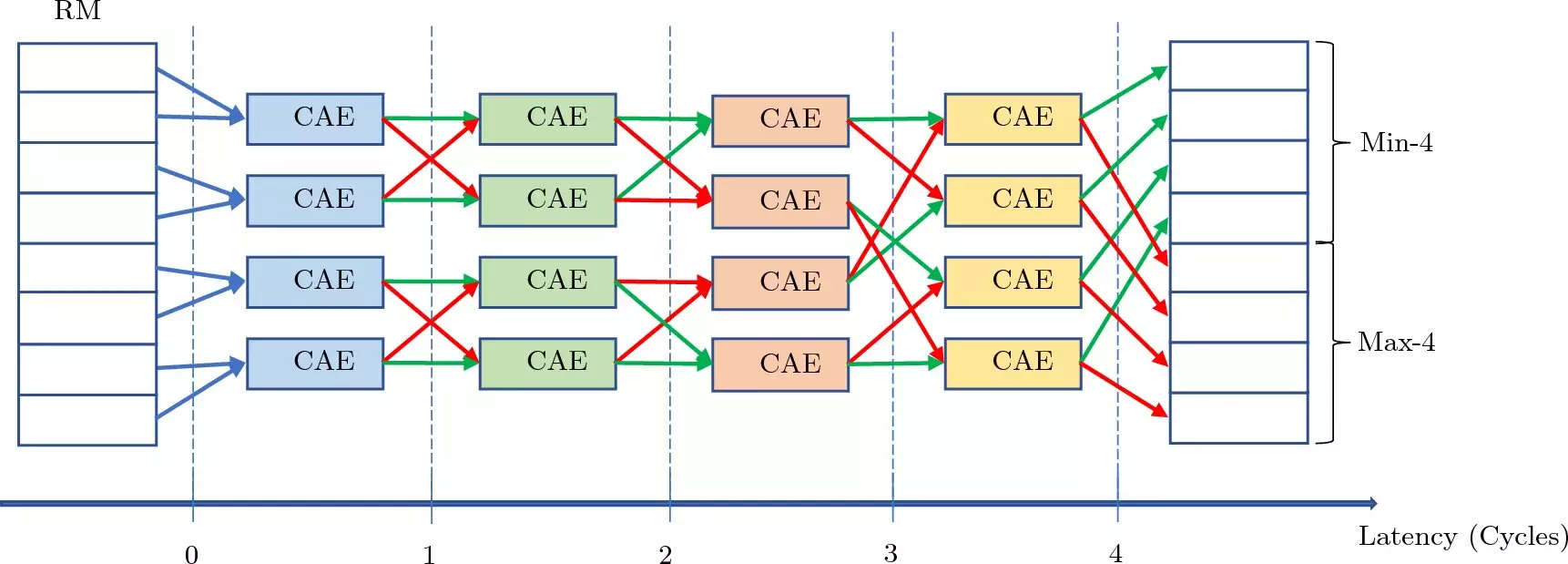The pursuit of understanding the mysteries of the universe has led scientists to delve deep underground and into the realm of particle physics. At the Large Hadron Collider, located beneath the France–Switzerland border, researchers are on a mission to unravel the secrets of dark matter using cutting-edge technology and artificial intelligence.
Dark matter, an elusive form of invisible matter that outweighs ordinary matter by five times, has puzzled scientists for years. Its gravitational effects on stars and galaxies provide evidence of its existence, but its nature remains largely unknown. Scientists at the Large Hadron Collider are aiming to shed light on dark matter and other enigmas by studying the aftermath of high-energy proton collisions.
The Role of Artificial Intelligence
Duke physicist Ashutosh Kotwal and his team are harnessing the power of artificial intelligence to sift through the vast amounts of data generated by the LHC’s detectors. With the use of AI algorithms, Kotwal hopes to identify subtle clues that may indicate the presence of dark matter particles within the subatomic debris of collision events.
The sheer volume of data produced by the Large Hadron Collider presents a significant challenge for researchers. With approximately 40 million snapshots of particle collisions captured every second, distinguishing relevant information from background noise requires advanced computational techniques. Kotwal’s “track trigger” algorithm offers a solution by rapidly analyzing and flagging potential dark matter signatures in real time.
Advancements in Image Recognition
Kotwal’s innovative approach to image recognition involves the parallel processing of data by multiple AI engines integrated into a silicon chip. By distributing the computational workload across a network of AI units, the algorithm can identify disappearing tracks associated with dark matter decay within a fraction of a second. This breakthrough represents a significant advancement in particle physics research capabilities.
Future Prospects
As Kotwal and his team continue to refine their AI-driven technology, they are preparing to construct a prototype device for deployment at the LHC. The ultimate goal is to deploy a network of approximately 2000 chips that can swiftly analyze collision data and pinpoint potential dark matter candidates. With this state-of-the-art system in place, scientists aim to maximize their chances of detecting dark matter production events and capturing them in real time.
The intersection of particle physics, artificial intelligence, and advanced imaging techniques at the Large Hadron Collider represents a monumental effort to unravel the mysteries of dark matter. Through the collaborative work of scientists like Ashutosh Kotwal and his team, groundbreaking discoveries may soon emerge, providing crucial insights into the nature of the universe and the invisible forces that shape it.


Leave a Reply